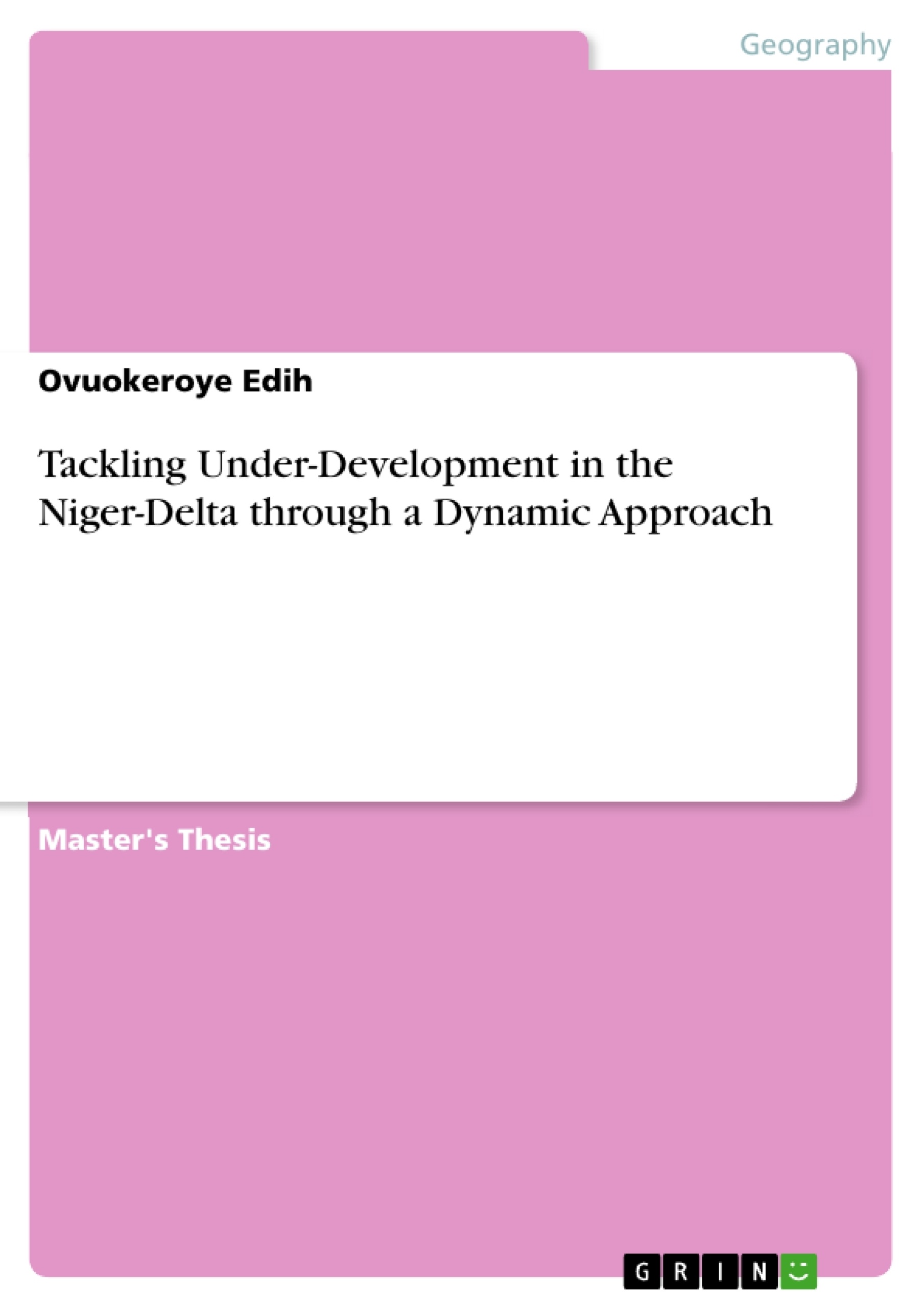The study analyzed a mathematical model that would help to facilitate the development of the Niger Delta region in a phase by phase approach. The region has been bedeviled with the problem of underdevelopment culminating into youth restiveness, violence and militancy, poverty and environmental degradation despite the abundant oil wealth. The study utilized secondary data. A network model was drawn to practically and mathematically demonstrate the journey from under-development towards development and analyzed by applying the forward recursive equation formulated for study.
The problem of under-development in the Niger-Delta is no longer a mean issue because it has transcended from national to international dimension. It is complex and hydra-headedsince it has resulted to youth restiveness and taking of arms against the government. Jobless youths are tired of failed promises to provide job opportunities and enabling environment for private businesses. More so, the activities of oil exploration and exploitation have depleted the ecosystem. Environmental degradation through theactions of oil spills aredestroyingfarm lands and rivers.In such a precarious situation in the Niger- Delta, Mere political pronouncements or jamborees cannot and will not solve this sickness from its roots. This is why a multi- dimensional approach must be applied and the government must develop the Niger-Delta area. It is against this backdrop that, the researcher is working on the possibility of developing adynamic plan for solving the problem of under-development plaguing the Niger-Delta region.
Table of Contents
ABSTRACT
CHAPTER ONE
INTRODUCTION
1.1 Background to the Study
1.2 Statement of the Problem
1.3 Objectives of the Study
1.4 Research Question.
1.5 Research Hypothesis
1.6 Scope of the Study
1.7 Significance of the Study.
1.8 Limitations to the Study
1.9 Definition of Terms
CHAPTER TWO
REVIEW OF RELATED LITERATURE
2.1 Conceptual Review
2.2 Empirical Studies
2.3 Theoretical Framework
CHAPTER THREE
RESEARCH METHOD
3.1 Research Design
3.2 Population of the Study
3.3 Sampling Procedure
3.4 Method of Data Collection
3.5 Model Specification
3.6 Recursive Analysis by a Network Model.
CHAPTER FOUR
ANALYSIS OF DATA AND DISCUSSIONS
4.1 Model Analysis
CHAPTER FIVE
SUMMARY, CONCLUSION AND RECOMMENDATIONS
5.1 Summary
5.2 Conclusion
5.3 Recommendations
5.4 Contributions to Knowledge
5.5 Suggestions for further research
REFERENCES
APPENDIX A:
- Citation du texte
- Ovuokeroye Edih (Auteur), 2016, Tackling Under-Development in the Niger-Delta through a Dynamic Approach, Munich, GRIN Verlag, https://www.grin.com/document/1165757
-

-

-

-
Téléchargez vos propres textes! Gagnez de l'argent et un iPhone X. -

-
Téléchargez vos propres textes! Gagnez de l'argent et un iPhone X. -

-
Téléchargez vos propres textes! Gagnez de l'argent et un iPhone X. -

-
Téléchargez vos propres textes! Gagnez de l'argent et un iPhone X. -

-
Téléchargez vos propres textes! Gagnez de l'argent et un iPhone X. -

-
Téléchargez vos propres textes! Gagnez de l'argent et un iPhone X. -

-
Téléchargez vos propres textes! Gagnez de l'argent et un iPhone X. -

-
Téléchargez vos propres textes! Gagnez de l'argent et un iPhone X. -

-
Téléchargez vos propres textes! Gagnez de l'argent et un iPhone X. -

-
Téléchargez vos propres textes! Gagnez de l'argent et un iPhone X.

